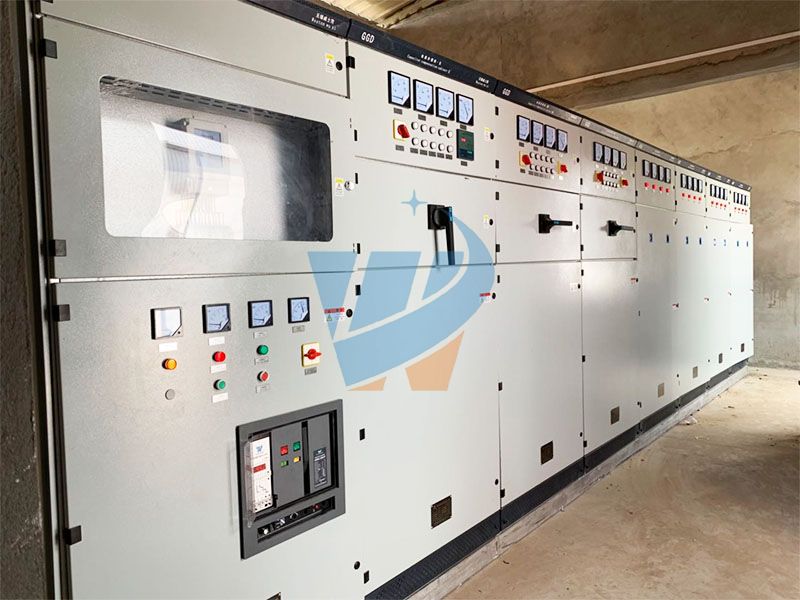Introduction of High and Low Voltage Switchgear
The high and low voltage switchgear is an electric device. The external line first enters the main control switch in the cabinet, then enters the sub-control switch, and each shunt is set according to its needs. Such as instrumentation, automatic control, motor magnetic switch, various AC contactors, etc., some also have high-voltage room and low-voltage room switchgear, with high-voltage busbars, such as power plants, and some also have low-cycle to protect the main equipment. Low-voltage Power Distribution Cabinet Factory to share with you the knowledge of high and low voltage switchgear.
Classification of high and low voltage switchgear:
2. AC low voltage distribution cabinet
3. Metal armored switchgear
4. Low voltage fixed split switchgear
5. High voltage capacitor cabinet
6. High Voltage Switch Cabinet
High and low voltage switchgear safety technical operation procedures
1. Work on all and some of them lived disks, and the maintenance equipment should be separated from the operating equipment by obvious signs.
2. The secondary winding with current transformer and voltage transformer should have permanent and reliable protection grounding.
3. When working on the secondary circuit of the running current transformer, the following safety measures should be taken:
3.1 It is strictly forbidden to disconnect the current loop.
3.2 In order to reliably short-circuit the secondary winding of the current transformer, the shorting bar, and the shorting wire must be used, and the wire winding is prohibited.
3.3 Do not perform any work on the circuits and wires between the current transformer and the short-circuit terminals.
4. When working on the secondary circuit of the voltage transformer in operation, the following safety measures should be taken:
4.1 Strictly prevent short circuit or grounding.
4.2 Insulation tools, insulated gloves should be used, and the relay protection device should be deactivated before work if necessary.
4.3 When connecting to a temporary load, special switches and fuses must be installed.
4.4 When the secondary circuit is energized, in order to prevent the reverse transformation from the secondary side, in addition to disconnecting the secondary circuit, the fuse should be removed.
4.5 Before the secondary circuit is energized or withstand voltage test, the attendant and relevant personnel should be notified, and the guards should be sent to the scene to check the circuit and confirm that no one can work after being pressurized.
4.6 Check the power failure protection and secondary circuit personnel, no permission to perform any switching operations without the permission of the on-duty personnel.















